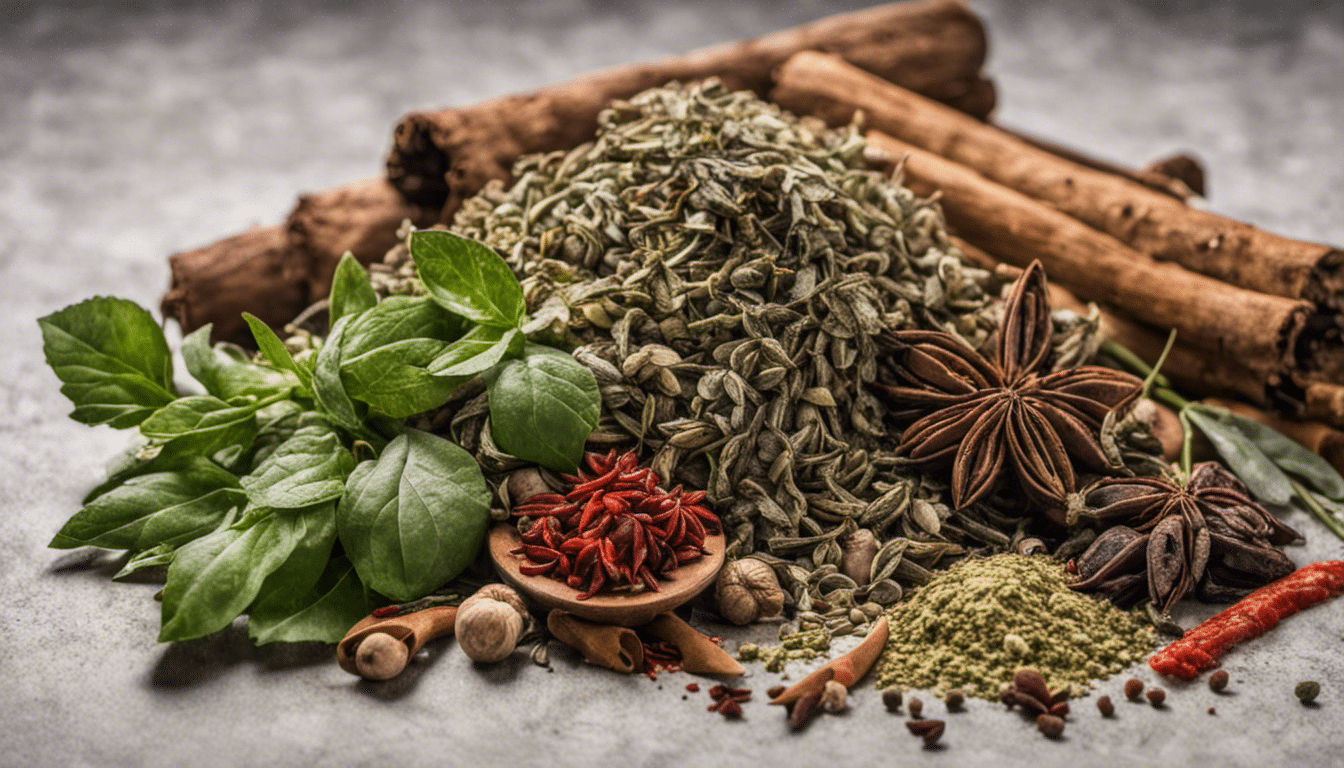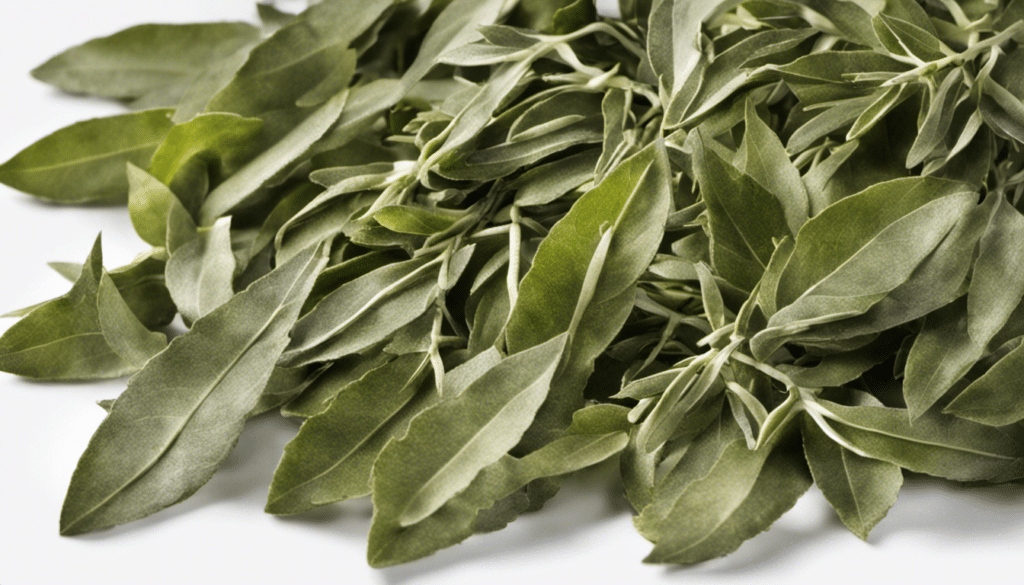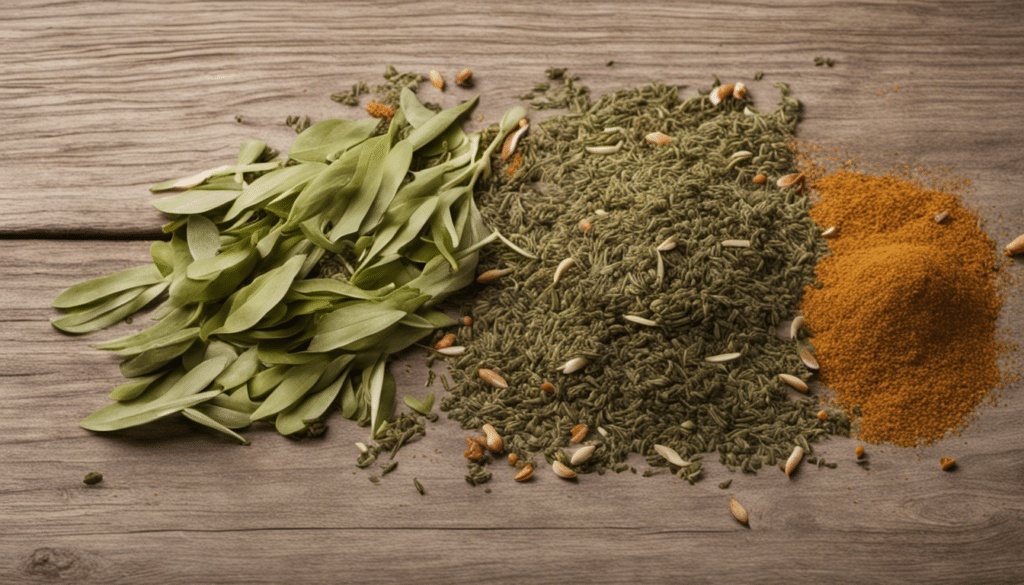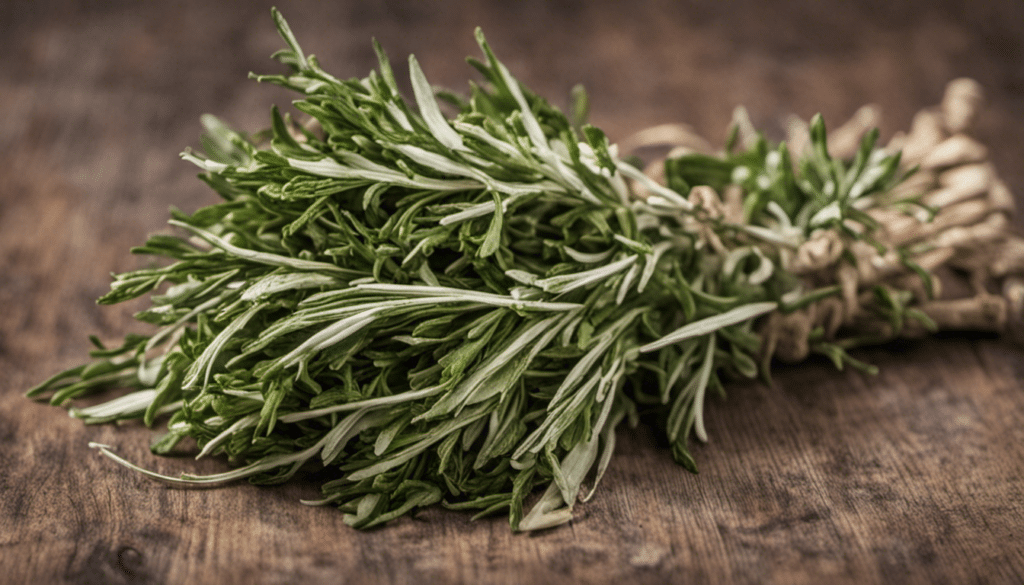Everything You Need to Know About Sage

Origins of Sage
Sage, known scientifically as Salvia officinalis, is a perennial, evergreen subshrub that is part of the mint family. Enveloped in a history as rich as its flavor, sage originates from the Mediterranean, a region synonymous with aromatic herbs. Specifically, it is native to areas around the Adriatic Sea, which touches the shores of Italy, Slovenia, and Croatia. Today, it thrives in many parts of the world, including much of Europe and North America, where it graces gardens, food plates and medicine cabinets alike. (Gardening Know How)
Another Name for Sage
This well-loved herb goes by many names around the world. You might hear it referred to as common sage, garden sage, or culinary sage. In the realm of aromatherapy, it’s known as true sage because of its potent essential oil content. In binomial nomenclature, it’s referred to as “Salvia officinalis”. Regardless of where you are, or what you call it, sage remains a prized plant in numerous cultural traditions due to its flavorful leaves and medicinal properties. (Britannica)
Health Benefits of Sage
The health benefits of sage are as varied as they are impressive, owing to the plant’s rich nutritional profile that includes such beneficial compounds as flavonoids, phenolic acids, and enzymes. Studies show that sage delivers a powerhouse of benefits that transform this humble herb into a natural remedy.
Sage is known for its high antioxidant content, which battles free radicals in the body and aids in fighting diseases that thrive on inflammation, such as arthritis, heart disease, and numerous skin conditions. Its essential oils are also proven to boost cognition and fight Alzheimer’s disease by preventing the breakdown of the chemical messenger acetylcholine. (National Library of Medicine)
Moreover, sage also has a rich history in oral care. Its antimicrobial properties make it a popular natural alternative to commercial mouthwash, aiding in the fight against harmful bacteria that lead to dental plaque, cavities, and gingivitis. It’s even been used in managing diabetes by improving blood lipid levels and enhancing insulin sensitivity. (National Library of Medicine)
From the enhancement of delicious dishes to its use in traditional medicine, sage is truly an incredible herb. Whether you prefer it fresh, dried, or in essential oil form, the humble sage is a potent testament to the power of natural remedies, continually proving its worth across culinary and medicinal fields.
Sage Recipe Ideas
- Roasted Butterflied Chicken with Sage
- Pumpkin Ravioli with Sage Butter Sauce
- Butternut Squash and Sage Soup
- Roasted Pork Loin with Sage and Garlic
- Sage and Parmesan Risotto
- Pan-Fried Sage Potatoes
- Vegetarian Sage and Onion Stuffing
- Sage Derby Cheese and Ham Quiche
- Spaghetti with Sage and Walnut Pesto
- Sweet Potato and Sage Gratin



